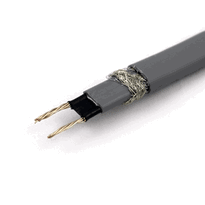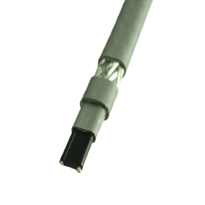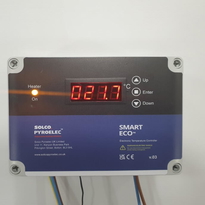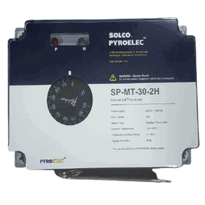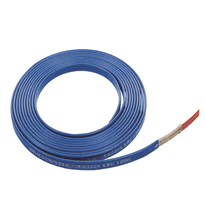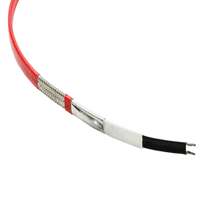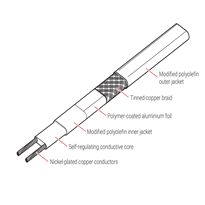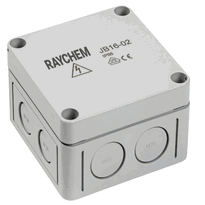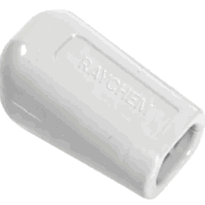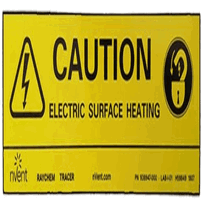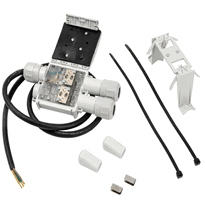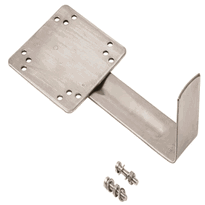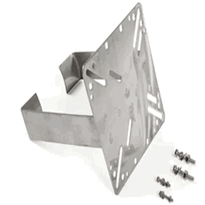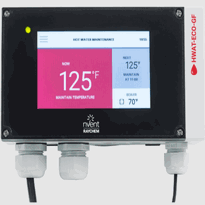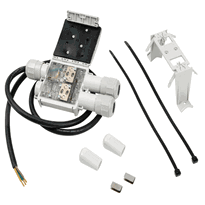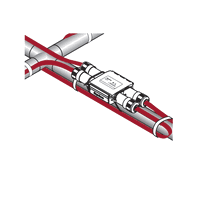Heat Tape for Septic Pipe
Heat tapes for septic pipes are electrical heating cables designed to prevent pipe freezing and damage by maintaining consistent temperatures. They are available in various types, such as self-regulating, constant wattage, and mineral-insulated options, each tailored to specific requirements. Proper selection involves considering the compatibility with pipe materials, durability, resistance to moisture and weather conditions, as well as safety features like thermostats. Accurate installation, regular maintenance, and system upgrades are essential for enhancing efficiency and extending the lifespan of the system. Continuing to explore these details provides valuable insights for optimal system performance.
Understanding the Purpose and Types of Septic Pipe Heat Tapes
Comprehending the purpose and the different types of septic pipe heat tapes is crucial for ensuring reliable operation during cold weather in the UK. These devices are specifically designed to prevent pipes from freezing and suffering damage.
Heat tapes are electrical heating elements that emit warmth to maintain pipe temperatures above freezing point, thereby preventing cracks, leaks, or ruptures caused by the expansion of ice. ProWarm Insulation Boards can be utilized to insulate pipes along with heat tapes, enhancing overall energy efficiency and protective performance.
Several types of septic pipe heat tapes are available, each suitable for particular applications. Self-regulating heat tapes adapt their heat output based on the ambient temperature, which helps optimise energy consumption.
This capability ensures the tape provides only as much heat as necessary, making it an energy-efficient choice. Self-regulating tapes adjust their output in response to temperature fluctuations, which can lead to significant energy savings over time.
Constant wattage tapes, on the other hand, deliver a steady level of heat regardless of environmental conditions. They're reliable for scenarios where consistent performance is required, though they may consume more energy as a result.
For more demanding environments, mineral-insulated cables offer exceptional durability. These cables are well-suited for extreme conditions, including industrial applications, providing long-lasting and reliable heating.
In terms of installation, in-pipe heating cables are mounted inside the pipe itself, providing direct heat and efficient performance. Conversely, on-pipe cables are attached externally, which simplifies installation and maintenance, making them suitable for situations where internal installation isn't feasible.
Recognizing the differences between these types helps in selecting the most appropriate heat tape for a specific septic system, ensuring protection against the damaging effects of freezing while maintaining energy efficiency and durability.
Proper Installation and Safety Measures for Heat Tape Use
Proper installation and adherence to safety measures are vital for ensuring the effective and secure operation of heat tapes on septic pipes.
Prior to installation, inspectors must verify that pipes are leak-free, assess the specified temperature range of the heat tape, and confirm that the material of the pipe is compatible with the heat tape being utilized. External factors such as moisture, exposure to sunlight, and adverse weather conditions should also be carefully considered to prevent any operational issues.
During installation, the heat tape should be applied along the underside of the pipe, ensuring continuous coverage without overlaps. Proper positioning of the heat tape ensures efficient heat transfer and minimizes energy consumption. It's essential to secure the heat tape at regular intervals using suitable electrical tape or clips to prevent movement.
The thermostat must be affixed prior to the heat tape to enable proper regulation of the temperature, thus avoiding overheating or under-heating of the pipe system. Safety measures should always be prioritized. Additionally, selecting fire-resistant materials for insulation around the tape can further reduce fire risks associated with improper installation.
This includes keeping the heat tape well away from water sources such as drains or standing water and ensuring adequate insulation around the tape to prevent thermal damage or overheating. Installing surge protectors or residual current devices (RCDs) is highly recommended to protect against electrical faults.
Regular inspections of the entire setup, including cables, connections, and the thermostat, are necessary to maintain safety and ensure ongoing functionality. These checks should be carried out at least once every season, with immediate attention given to any signs of wear, damage, or malfunction.
Proper installation and diligent safety practices are key to achieving optimal performance and reducing risks associated with heat tape use on septic pipes.
Selecting the Right Heat Tape: Materials, Compatibility, and Efficiency
Selecting the appropriate heat tape for septic pipe applications requires careful evaluation of various material properties, compatibility factors, and efficiency considerations. The choice should prioritize high thermal conductivity, durability, and flexibility to ensure effective heat transfer and a secure fit around pipes. Compatibility with pipe materials such as PVC, ABS, or metal, as well as environmental resistance, must also be confirmed to prevent degradation. Heat tapes can be designed with self-regulating features, allowing for more efficient energy use and safer operation in variable conditions.
Efficiency depends on proper power density, adjustable temperature controls, and integration with insulation to minimize energy consumption. Properly installed heat tape systems with suitable insulation can significantly improve energy efficiency and prevent heat loss. The following table summarizes critical factors:
Material |
Compatibility |
Efficiency |
| Silicone Rubber | PVC, ABS, Metal | Adjustable temperature, Insulation-ready |
| High Thermal Conductivity | Moisture resistance | Uniform thermal distribution |
| Durable & Flexible | Damp environments | Low energy consumption |
| Weather-resistant | Wide temperature range | Safe, reliable operation |
Ensuring the heat tape material matches both the environmental conditions and pipe composition is crucial for optimal performance and longevity. Regular maintenance and correct installation are essential to sustain efficiency and prevent issues such as heat loss or material degradation.
Maintenance, Troubleshooting, and Upgrading Your Septic Pipe Heating System
Regular maintenance, troubleshooting, and systematic upgrades are vital to ensure the reliable operation and safety of septic pipe heat tape systems. Routine inspections should include a thorough cleaning of pipes to remove dirt, grease, or moisture that can compromise tape adhesion and efficiency. Proper cleaning prevents debris buildup that can hinder heat transfer. Heat tapes need to be carefully checked for signs of wear, damage, or overheating. Excellent securement using compatible methods such as electrical tape or cable ties is essential to prevent movement and ensure consistent performance. Electrical connections, particularly grounding through GFCI outlets, require regular verification to prevent safety hazards. Inspect insulation and waterproof coverings to guard against weather-related deterioration. Stucco cladding can be used as a protective overlay on exterior pipes to further shield them from weather and impact damage. Troubleshooting involves testing circuits for shorts or trips, inspecting for moisture ingress, and confirming proper tape placement. Upgrading should focus on selecting self-regulating cables and incorporating integrated thermostats for improved energy efficiency and control. Enhancing insulation and electrical safety features will contribute to optimal performance and safety, ensuring the longevity of your septic pipe heat tape system.
Conclusion
Selecting and installing the appropriate heat tape for septic pipes requires careful consideration of material compatibility, adherence to safety protocols, and regular maintenance. Understanding the different types of heat tape and their specific applications ensures effective performance and prolongs the lifespan of your septic system.
Before installation, always review the manufacturer's instructions carefully. Proper application not only enhances efficiency but also reduces the risk of electrical hazards. It is essential to use heat tapes that are suitable for use in damp or buried environments, ensuring they are UK-compliant and rated for outdoor or underground use.
Routine inspections are vital for maintaining optimal performance. Check periodically for signs of wear, damage, or malfunction. Promptly addressing any issues will prevent pipe freezing and potential backups. Additionally, keep the heat tape clean and free from debris that could impede heat transfer.
A well-maintained heat system provides consistent protection against cold weather conditions. This reduces the likelihood of blockages and backups, ensuring your septic system functions effectively throughout the winter months. By choosing the right heat tape and caring for it properly, you can safeguard your property and ensure the ongoing efficiency of your septic installation.








